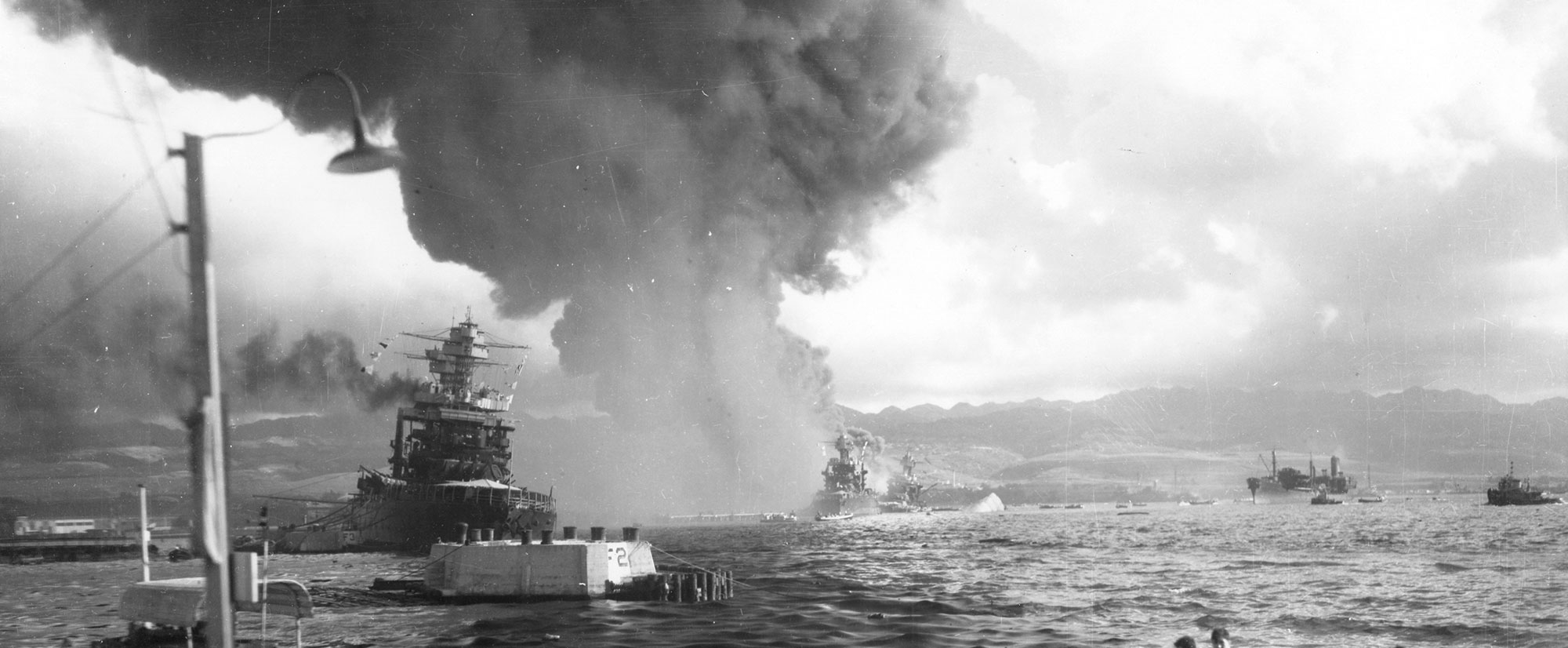HONOLULU, HAWAII—Archaeologists are excavating an area of the Honouliuli National Monument where a Japanese internment and POW camp once stood, according to a report from NBC News. William Belcher, an archaeologist at the University of Hawaii West Oahu, and his students aim to preserve the site and map its features. In one area, they are looking for underground concrete slabs where they believe the camp’s mess hall once stood. The camp was one of more than a dozen World War II–era internment sites, and was used to detain prominent local Japanese residents and to house prisoners of war. Since Japanese people made up some 40 percent of Hawaii’s population, and many worked on plantations, only a small portion were interred at the camp. To read in-depth about underwater archaeology of the attack on Pearl Harbor, go to “December 7, 1941.”
Japanese Internment Camp on Oahu Excavated
News February 22, 2017
Recommended Articles
Digs & Discoveries March/April 2014
Scuttled but Not Forgotten
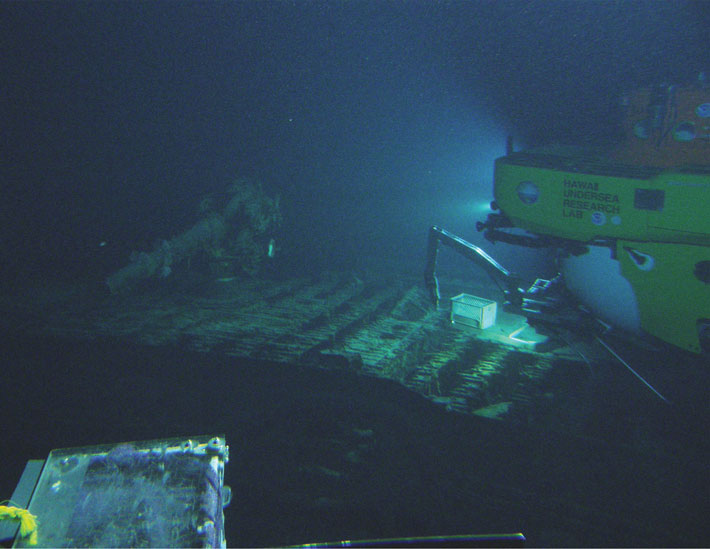
Digs & Discoveries November/December 2025
The Egyptian Sequence

Letter from Poland November/December 2024
Remembering an Unspeakable Crime
Excavations of a mass grave expose evidence of Nazi-era massacres

Letter from Alaska July/August 2021
The Cold Winds of War
A little-known World War II campaign in the Aleutian Islands left behind an undisturbed battlefield strewn with weapons and materiel

-
Features January/February 2017
Top 10 Discoveries of 2016
ARCHAEOLOGY’s editors reveal the year’s most compelling finds
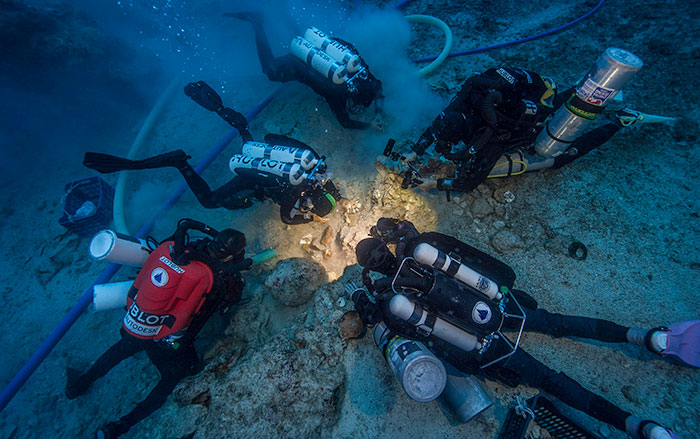 (Image Courtesy Brett Seymour, EUA/WHOI/ARGO)
(Image Courtesy Brett Seymour, EUA/WHOI/ARGO) -
Features January/February 2017
Hoards of the Vikings
Evidence of trade, diplomacy, and vast wealth on an unassuming island in the Baltic Sea
 (Gabriel Hildebrand/The Royal Coin Cabinet, Sweden)
(Gabriel Hildebrand/The Royal Coin Cabinet, Sweden) -
Features January/February 2017
Fire in the Fens
A short-lived settlement provides an unparalleled view of Bronze Age life in eastern England
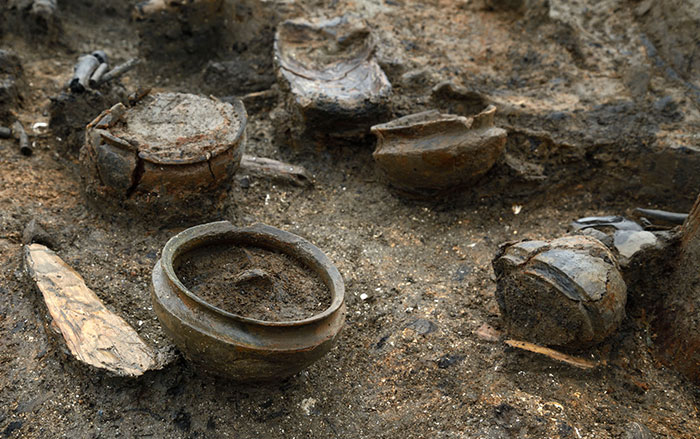 (Courtesy The Cambridge Archaeological Unit)
(Courtesy The Cambridge Archaeological Unit) -
Letter from Laos January/February 2017
A Singular Landscape
New technology is enabling archaeologists to explore a vast but little-studied mortuary complex in war-damaged Laos
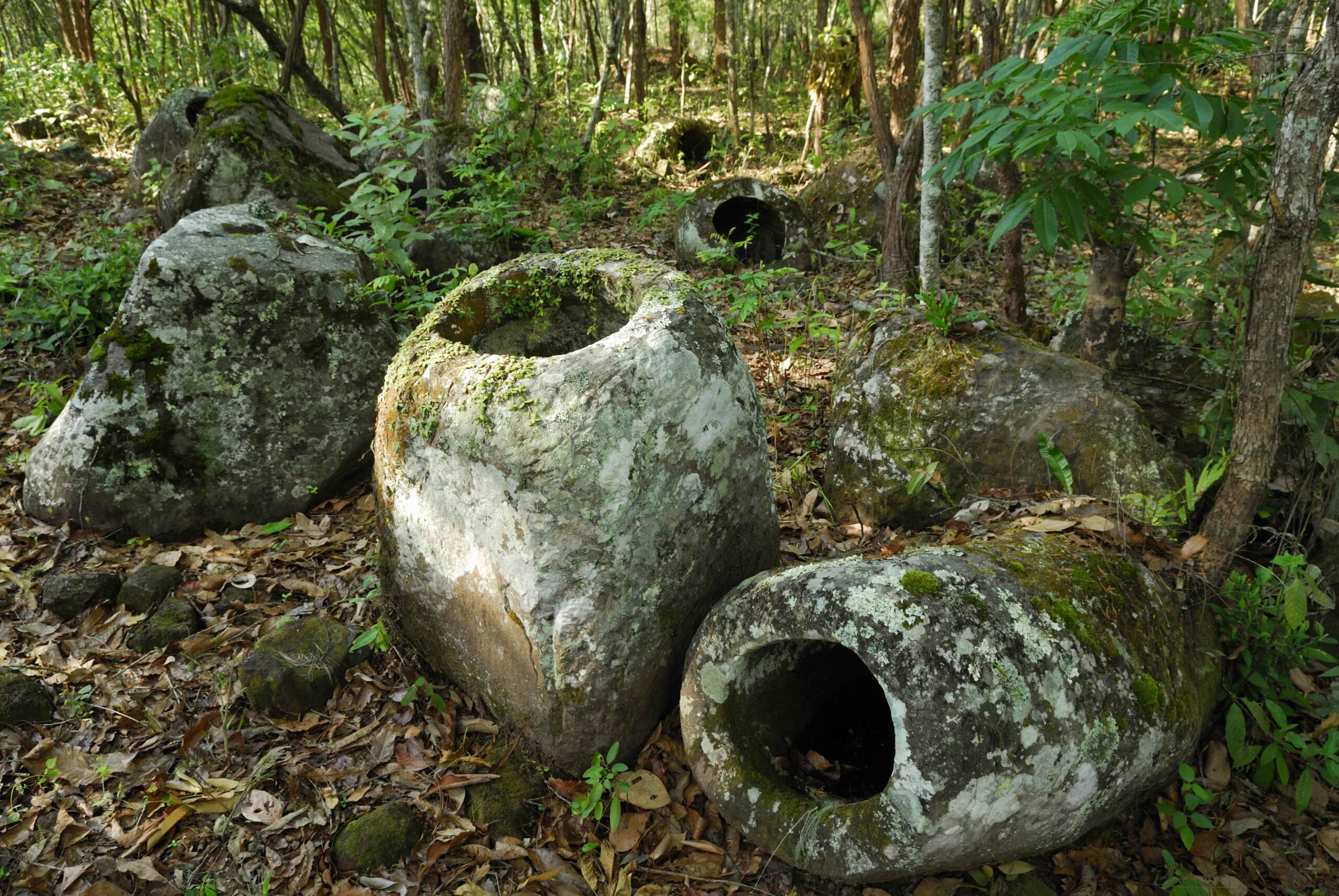 (Jerry Redfern)
(Jerry Redfern)


